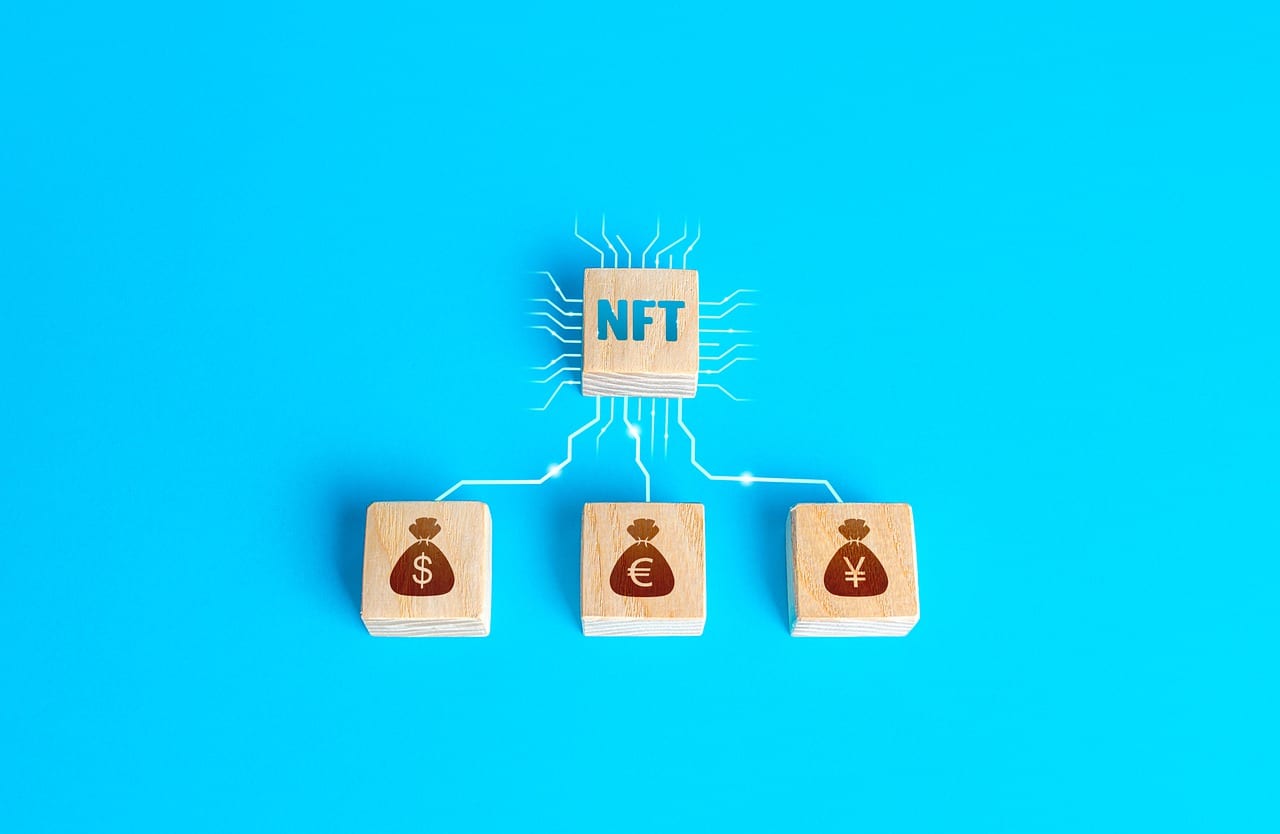
In the late XNUMXs and early XNUMXs, economics as a science was considered by many scholars to be experiencing an experience similar to that of Theology under Galileo or Darwin. Having been based on the idea of the scarcity of a primordial element (gold, oil, silicon) now it should reinvent itself for an era based on a superabundant element; information.
With the appearance of 3d printing allowing the small-scale production of products until then reserved for large industrial plants, and that of cryptocurrencies that challenged the power of States in the production of currency, that opinion seemed to be confirmed.
The return of scarcity
Look at the illustration at the top of this article. It's one that I got from an image bank that can be downloaded for free and that doesn't even require citing the author. The sources for this article were obtained by searching on Google. If you don't like how I write, you can find many other articles or videos that explain it better
40 years ago, you might have had to go to a library to find the information or interview specialists. The illustration would have been done by a professional draftsman who should have followed a tedious coloring process. Then another procedure should be applied for printing. To reach the same potential readership I should have started at the bottom in a newspaper and worked my way up the hierarchy enough to allow me to publish whatever I wanted with my name on it.
Today, thanks to technology, the possibility of producing and reproducing content is endless.
But, the wheel turns again.
What are NFTs?
NFTs were born from the hand of blockchain technology to ensure that an item remains unique in an environment where everything can be copiedand. The letters stand for Non-Fungible Tokens. This means that they cannot be replaced or interchanged because they have unique properties. In the same way, they cannot be forged or tampered with because their authenticity is backed by a certificate created using blockchain technology.
The NFTs, as we said, they are individual tokens with valuable information stored in them. This information contains the unique data of the NFTs that allow the verification and validation of their ownership and the transfer of tokens between owners.. The creation and circulation of fake NFTs does not work because each article can be traced back to the original creator or issuer.
Depending on the market in which an NFT is marketed, the original creator may continue to earn royalties from successive sales.
Differences between NFTs and cryptocurrencies
Although the technology behind cryptocurrencies and NFTs is the same, there is a fundamental difference.
Cryptocurrencies are fungibles, that is, they can be exchanged without noticing the difference. The digital signature that accompanies each Token No Fungile makes this impossible.
Products that can be marketed as NFTs
- Digital art.
- Animated gifs.
- Videos of notable events.
- Virtual avatars and other accessories for video games.
- Music.
Fashion, bubble or new paradigm?
At first, NFTs seem like a great idea. creators can sell their content directly to the consumer as an NFT, which also allows them to keep a higher percentage of profit than the one left by most platforms. As we said, royalties can be scheduled to receive a percentage of sales every time there is a change of hands.
The prices are also quite attractives. Nyan Cat, a GIF of a cat with a tart body that appeared in 2011, sold for almost $ 600,000 earlier this year. On the other hand, videos featuring NBA highlights generated more than $ 500 million in sales at the end of March. A single LeBron James featured NFT sold for more than $ 200.000.
But, experts advise caution. since it is a relatively new modality.
In the next article we will go into more details about the creation and exchange of NFTs and the open source technologies involved.